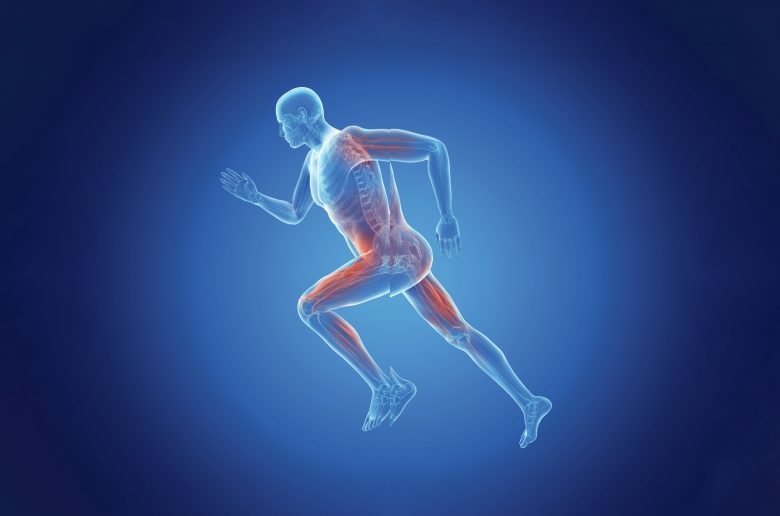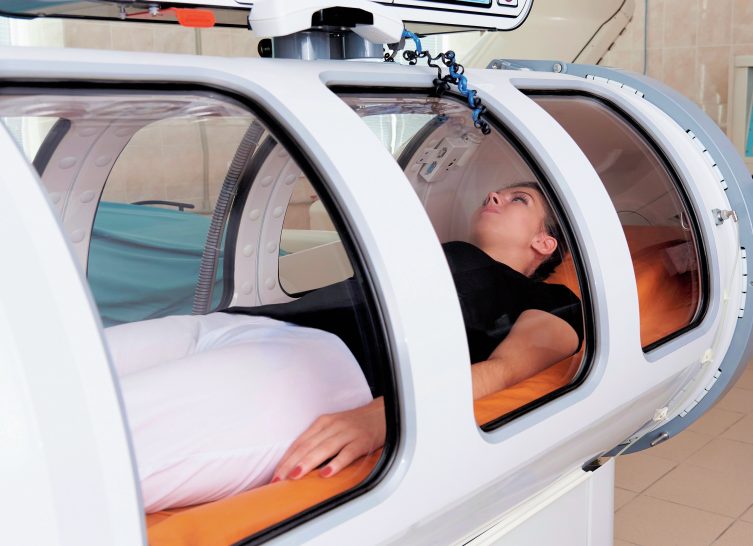
Carbohydrates are stored as glycogen in the muscles and liver, and converted into glucose during exercise. During highintensity anaerobic exercise, glycogen can be broken down without the presence of oxygen (main fuel at 50–70% of VO2 max) but it is broken down much more effectively during aerobic work when oxygen is present. Stores of glycogen are much smaller than stores of fat and it is important during prolonged periods of exercise not to deplete glycogen stores, as some needs to be conserved for later when the intensity could increase, for example, the last kilometre of the marathon.
ATP is an energy-rich compound found in all cells in the body. It is in limited supply — the body only has enough for around 2–3 seconds of activity, e.g. a power lift or a sprint start. ATP is constantly being re-synthesised to ensure a continuous supply of energy. However this re-synthesis requires energy, which is obtained from the food that we eat.
Your organisation does not have access to this article.
Sign up today to give your students the edge they need to achieve their best grades with subject expertise
Subscribe




